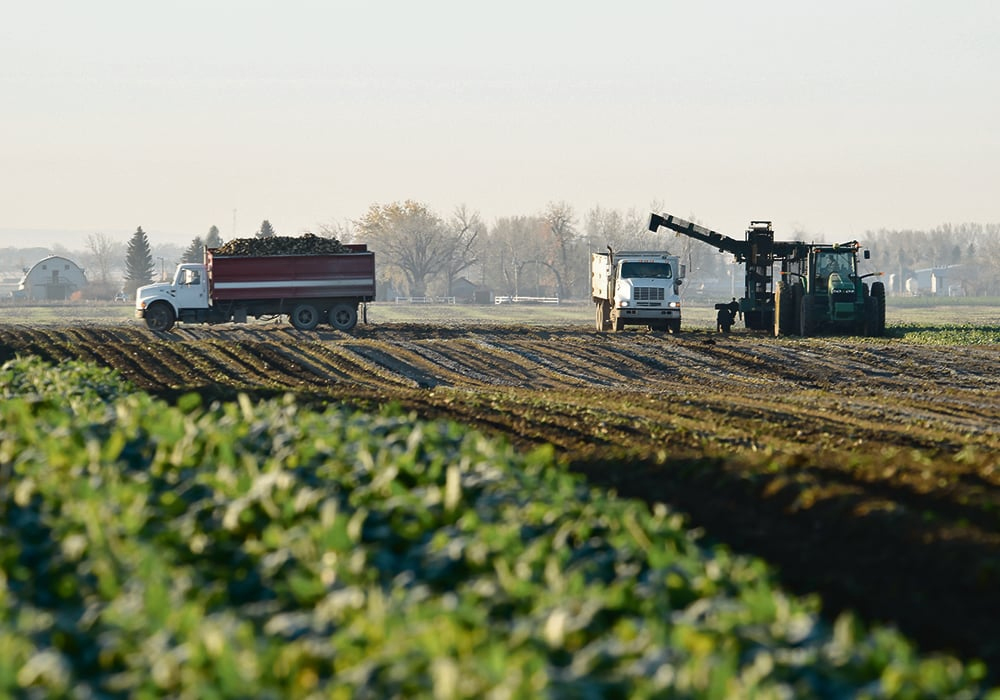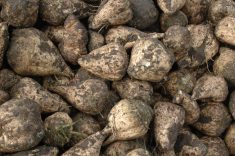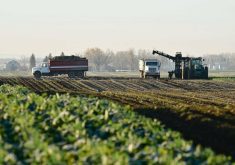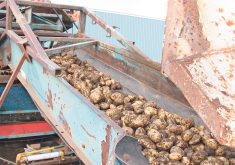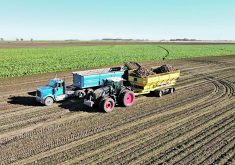It wasn’t a beet season for the faint of heart in southern Alberta, as water deliveries were delayed at one of the major irrigation districts, rainfall was in short supply and an early and prolonged frost hit in mid-October.
Despite the challenges, Alberta Sugar Beet Growers are looking at above average yields with the possibility of even better prices if the 1,500 acres still in the ground can be harvested and processed, according to the group’s president, Gary Tokariuk.
Growers hope the remaining beets can be lifted through a controlled harvest and then be immediately processed as they’re past the ability to be stored.
Read Also
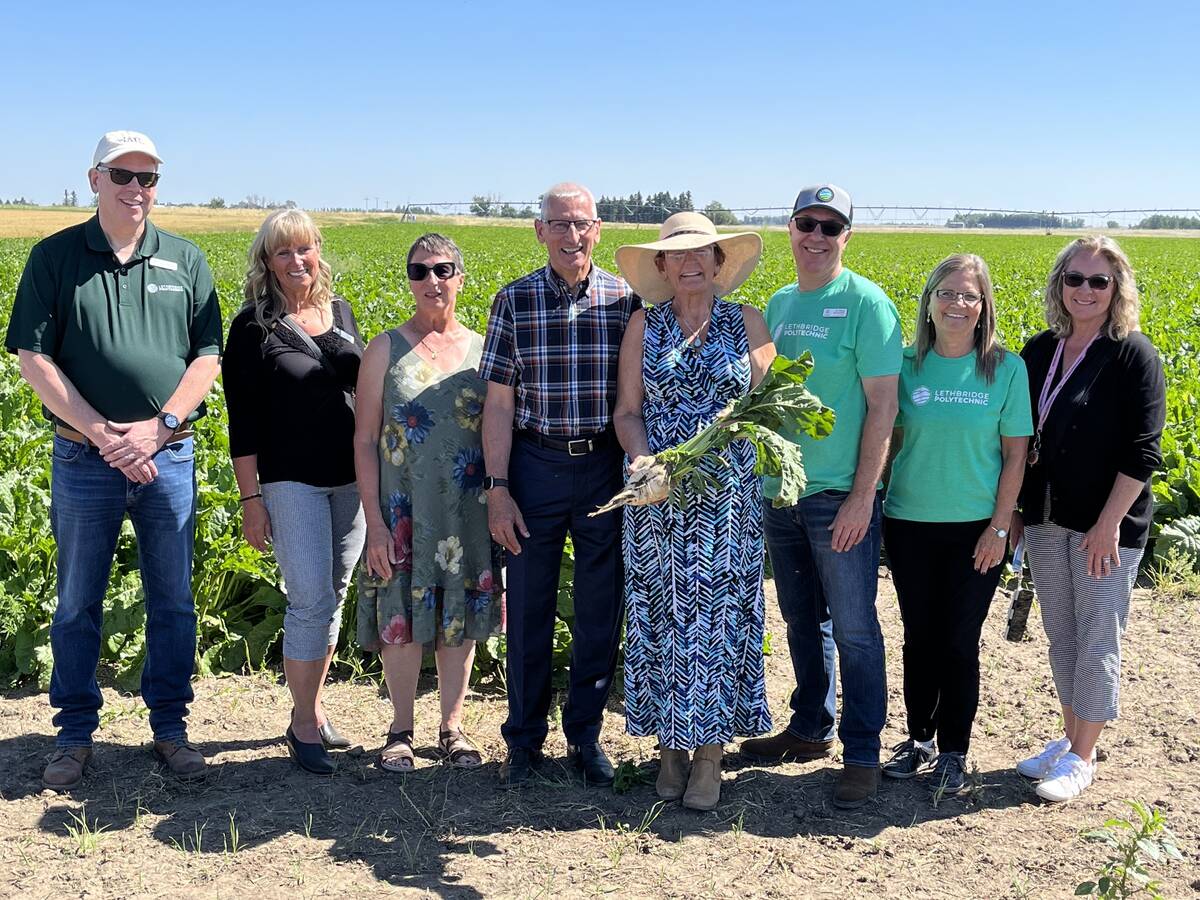
Lethbridge Polytechnic receives major donation
Multimillion-dollar donation by Hranac family aids Lethbridge Polytechnic’s research in integrated food production systems, irrigation science and post-harvest technology in Alberta
Despite the late-season challenge, Tokariuk said sugar beet producers are looking at yields of up to 36 tonnes per acre, up from the 32-tonne average, with some producers getting as high as 40 tonnes this year.
But for that 36-tonne-average yield to be realized, the remainder of the 26,000 grown in southern Alberta will need to be salvaged, he said, adding the overall sugar content is average to slightly above average.
“We’ll be looking at a $69 (per tonne) beet at the end of the day,” said Tokariuk.
A total of 840,000 tonnes of beets have been delivered as of the beginning of November.
“It’s crazy. It’s been a great yield,” said Tokariuk, noting there were 2,000 fewer acres planted this year than usual.
The year started for the second season in a row with issues at the canal feeding the Lethbridge Northern Irrigation District (LNID) from the Oldman Dam reservoir, he noted, which ended up with late seeding.
“Once they got things rolling, they ended up with more water allocation than St. Mary Irrigation District did,” said Tokariuk.
He said he used more water than ever on his beet crop this year as his region received some of the lowest levels of precipitation he’s seen.
“Next year looks interesting because we have no reservoir storage in St. Mary’s,” said Tokariuk, who also added things can turn around quickly as they did in the spring of 2002 following the last time the region saw similar drought conditions in 2001.
“At the end of the day, with the higher yield this year, sugar beets are going to be one of our best crops. And they should be because they are one of the highest risk crops,” he said.
Planting strategies will be important next year, among them possibly choosing crops that require less water to allow for more high value, water-intensive crops like potatoes and beets, Tokariuk said.
But he noted the 2001 drought broke with a nine-inch rainfall in the spring of 2002.
“Southern Alberta is an interesting area where if you don’t like the weather, wait a minute,” said Tokariuk. “We adapt once we figure out where we are and what we have to do.”
He said this year will go down in the books as a success following the 2022 season, which saw little in the way of solid returns from the crop.




